 |
| March 25, 2020 |
Dear Reader,
In New York City—the U.S. epicenter of the coronavirus outbreak—hospitals are preparing to use the blood of people who have recovered from COVID-19 as a possible antidote for the disease. Read our main story to learn more. Also in today's roundup: a new twist for string theory; scientists identify another rapidly melting glacier in Antarctica; and how to prevent future disease outbreaks. Important information for our print subscribers |
| | Sunya Bhutta, Senior Editor, Audience Engagement
@sunyaaa | |
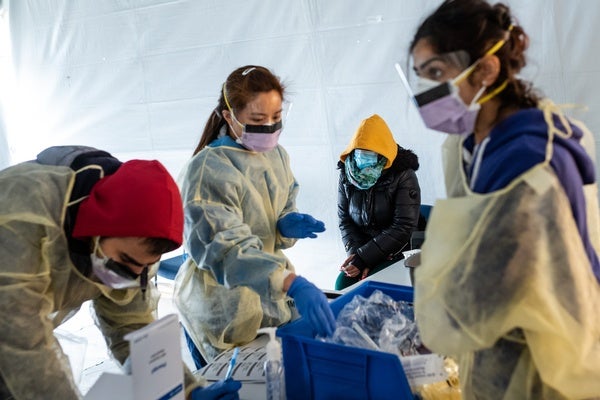 |
| |
| |
| Public Health How Do We Prevent the Next Outbreak? Our planning needs to take account of the complex interconnections among species, ecosystems and human society | | By Nicholas A. Robinson,Christian Walzer | | | |
| Public Health COVID-19: Predicting the Path and Analyzing Immunity Scientific American contributing editor W. Wayt Gibbs continues to report on the coronavirus outbreak from his home in Kirkland, Wash., site of the first U.S. cases. In this installment, he talks with researchers about what their models show for the future of the pandemic and on research to create tests to see who has developed immunity. |  | By W. Wayt Gibbs,Steve Mirsky | 15:48 | | | |
| |
| |
| |
FROM THE STORE
 | | The Secrets of Consciousness Consciousness is more than mere awareness. It's how we experience the world, how we turn input into experience. Once the province of philosophy, religion or perhaps fantasy, neuroscientists have added a scientific voice to the discussion, using available medical technology to explore just what separates so-called "mind" from brain. In this eBook, we look at what science has to say about one of humankind's most fundamental, existential mysteries. |  | | |
| |
FROM THE ARCHIVE
 | | | |
| |
LATEST ISSUES
 |
| |
| Questions? Comments?  | |
| Download the Scientific American App |
| |
| |




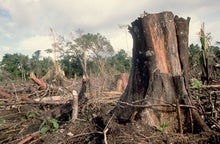
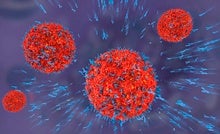

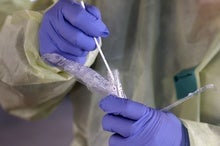

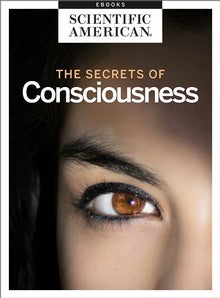

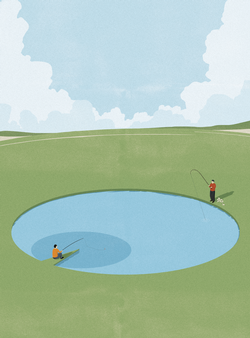
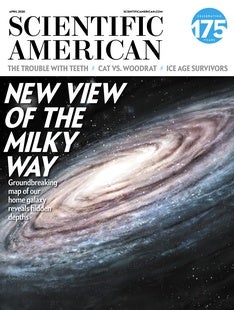

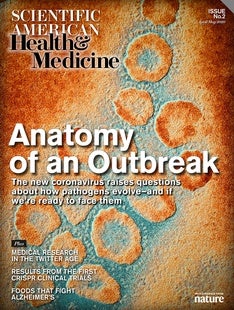
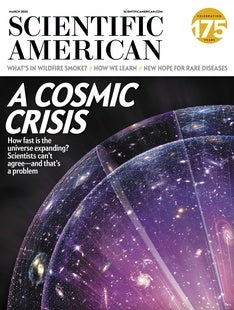
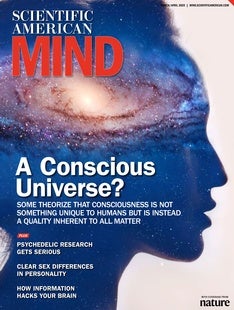



Comments
Post a Comment